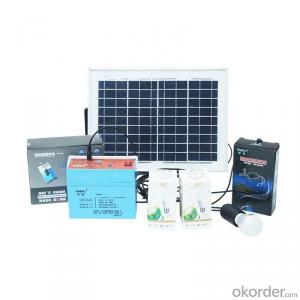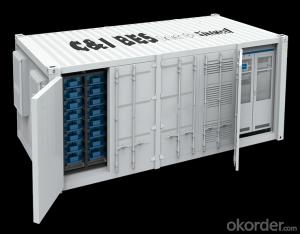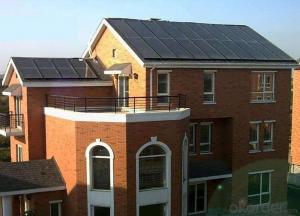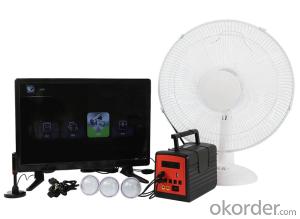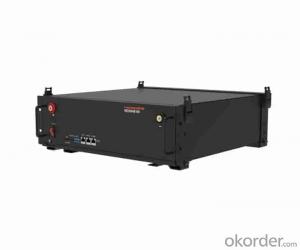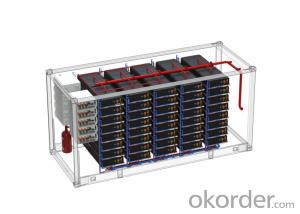Solar Inverter 4000w
Solar Inverter 4000w Related Searches
Best Solar Inverter For Home Power Inverter For Solar Panel Solar System Inverter For Home Solar Power Inverter For Home Best Solar Inverter For Rv Solar Power Inverter For House Inverter For 100w Solar Panel Solar Panel Inverter For Rv Inverter For 5kw Solar System Shade Cover For Solar InverterHot Searches
Inverter Size For Solar System Best China Solar Inverter Solar Inverter Supplier In Uae Solar Inverter In Dubai Solar Inverter In Saudi Arabia Solar Inverter In Uae Solar Inverter In Kerala Solar Inverter In Nepal Solar Inverter In Burpengary Solar Inverter In Caboolture Solar Inverter In Chennai Solar Inverter In Lebanon China 10kva Solar Inverter China Solar Inverter 1000kw China Solar Inverter 3kw China 5000w Solar Inverter China 850va Solar Inverter China Infini Solar Inverter Solar Inverter China Inverter Solar System PriceSolar Inverter 4000w Supplier & Manufacturer from China
Okorder.com is a professional Solar Inverter 4000w supplier & manufacturer, offers integrated one-stop services including real-time quoting and online cargo tracking. We are funded by CNBM Group, a Fortune 500 enterprise and the largest Solar Inverter 4000w firm in China.Hot Products
FAQ
- Yes, solar energy systems can definitely be used for powering electric vehicle (EV) solar charging stations at airports. Solar panels can be installed on the roofs of parking structures or on the ground near the charging stations to capture sunlight and convert it into electricity. This electricity can then be used to power the EV charging stations, providing a clean and sustainable source of energy. Using solar energy to power EV charging stations at airports offers several benefits. Firstly, it reduces the reliance on fossil fuels and decreases greenhouse gas emissions, contributing to a more sustainable and environmentally friendly transportation system. Secondly, it helps airports meet their renewable energy goals and reduce their carbon footprint. Additionally, solar-powered charging stations can provide a reliable source of electricity even during power outages or grid failures, ensuring uninterrupted charging services for electric vehicles. Moreover, airports are typically large open spaces with ample sunlight, making them ideal locations for solar installations. With proper planning and design, solar panels can be integrated seamlessly into the airport infrastructure, maximizing the energy generation potential. This can help airports become more energy independent and reduce their operating costs by generating their own electricity. In conclusion, solar energy systems are a viable and effective solution for powering electric vehicle solar charging stations at airports. By harnessing the power of the sun, airports can provide clean and sustainable energy for EVs, contributing to a greener transportation system and a more sustainable future.
- Yes, a solar energy system can be used off-grid. Off-grid solar energy systems are designed to generate and store electricity independently, without relying on the traditional power grid. These systems typically include solar panels to capture sunlight, a battery bank to store excess energy, and an inverter to convert the stored DC power into AC power for use in homes or buildings. Off-grid solar systems are commonly used in remote areas or for recreational purposes where connecting to the grid is not feasible or desired.
- Yes, solar energy systems can still be used in areas with limited space on rooftops due to existing equipment or structures. In such cases, alternative solutions can be employed to maximize the utilization of available space. One option is to install solar panels on ground-mounted systems instead of rooftops. These systems can be placed in open areas adjacent to buildings or even on unused land nearby. Additionally, solar canopies or awnings can be installed in parking lots or other open spaces to generate solar power. These structures can be designed to provide shade and shelter while simultaneously harnessing solar energy. Thus, even in areas with limited rooftop space, there are various creative options available to implement solar energy systems.
- Shading significantly affects the performance of a solar energy system by reducing the amount of sunlight reaching the solar panels. Shaded areas can prevent the panels from producing optimal electricity, leading to decreased energy generation. It is crucial to design and install solar systems in locations where shading is minimized to maximize their efficiency and overall performance.
- Yes, solar energy systems are suitable for commercial buildings. They offer numerous benefits such as cost savings on electricity bills, reduced carbon footprint, and potential tax incentives. Additionally, the availability of ample rooftop space in many commercial buildings makes it easier to install solar panels.
- To monitor the performance of your solar energy system, you can use various methods. One way is to install a monitoring system with software that provides real-time data on energy production, consumption, and system efficiency. This system can track key metrics like solar panel output, battery charge levels (if applicable), and overall system performance. Additionally, you can monitor your utility bills to see the impact of your solar energy system on your energy consumption and savings. Regularly checking for any noticeable changes in energy production or system issues can also help ensure optimal performance.
- Yes, solar energy systems can definitely be used for powering sports stadiums. With their large open spaces and high electricity needs, sports stadiums are ideal candidates for solar installations. Solar panels can be installed on the stadium roof or in nearby open areas to capture sunlight and convert it into electricity. This renewable energy source can help stadiums reduce their reliance on traditional power grids, lower their carbon footprint, and potentially even generate excess energy that can be fed back into the grid.
- Certainly, it is possible to install a solar energy system on a barn or agricultural building. In fact, an increasing number of farmers and agricultural businesses are embracing solar energy to fulfill their electricity requirements. There are numerous advantages to installing solar panels on barns or other agricultural structures. To begin with, barns and agricultural buildings often boast spacious rooftops or open areas, which provide ample room for the installation of solar panels. This enables efficient utilization of solar energy and can result in the generation of a substantial amount of electricity. Additionally, the installation of a solar energy system on a barn or agricultural building can assist in reducing or even eliminating electricity costs for the property. This is particularly advantageous for farmers, who typically have high energy consumption due to the operation of various equipment such as irrigation systems, lighting, ventilation, and machinery. Furthermore, solar energy systems are ecologically friendly and produce clean, renewable energy. By installing solar panels, farmers can significantly decrease their carbon footprint and contribute to a more environmentally sustainable future. Moreover, many governments and utility companies offer financial incentives, grants, or tax credits to encourage the adoption of solar energy systems. These incentives can help offset the initial installation costs and make investing in solar energy more affordable for farmers. Lastly, a solar energy system on a barn or agricultural building can serve as a backup power source during power outages, ensuring uninterrupted critical operations. In conclusion, installing a solar energy system on a barn or agricultural building is not only possible but also highly advantageous. It enables farmers to reduce energy costs, minimize their environmental impact, and potentially generate additional income through incentives or by selling excess electricity back to the grid.





































